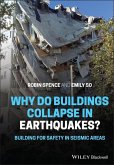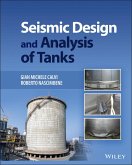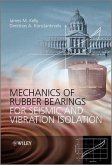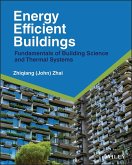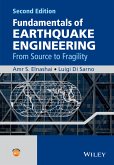WHY DO BUILDINGS COLLAPSE IN EARTHQUAKES? Learn from the personal experience and insights of leading earthquake engineering specialists as they examine the lessons from disasters of the last 30 years and propose a path to earthquake safety worldwide Why Do Buildings Collapse in Earthquakes?: Building for Safety in Seismic Areas delivers an insightful and comprehensive analysis of the key lessons taught by building failures during earthquakes around the world. The book uses empirical evidence to describe the successes of earthquake engineering and disaster preparedness, as well as the failures that may have had tragic consequences. Readers will learn what makes buildings in earthquake zones vulnerable, what can be done to design, build and maintain those buildings to reduce or eliminate that vulnerability, and what can be done to protect building occupants. Those who are responsible for the lives and safety of building occupants and visitors--architects, designers, engineers, and building owners or managers--will learn how to provide adequate safety in earthquake zones. The text offers useful and accessible answers to anyone interested in natural disasters generally and those who have specific concerns about the impact of earthquakes on the built environment. Readers will benefit from the inclusion of: * A thorough introduction to how buildings have behaved in earthquakes, including a description of the world's most lethal earthquakes and the fatality trend over time * An exploration of how buildings are constructed around the world, including considerations of the impact of climate and seismicity on home design * A discussion of what happens during an earthquake, including the types and levels of ground motion, landslides, tsunamis, and sequential effects, and how different types of buildings tend to behave in response to those phenomena * What different stakeholders can do to improve the earthquake safety of their buildings The owners and managers of buildings in earthquake zones and those responsible for the safety of people who occupy or visit them will find Why Do Buildings Collapse in Earthquakes? Building for Safety in Seismic Areas essential reading, as will all architects, designers and engineers who design or refurbish buildings in earthquake zones.
Dieser Download kann aus rechtlichen Gründen nur mit Rechnungsadresse in A, B, BG, CY, CZ, D, DK, EW, E, FIN, F, GR, HR, H, IRL, I, LT, L, LR, M, NL, PL, P, R, S, SLO, SK ausgeliefert werden.



